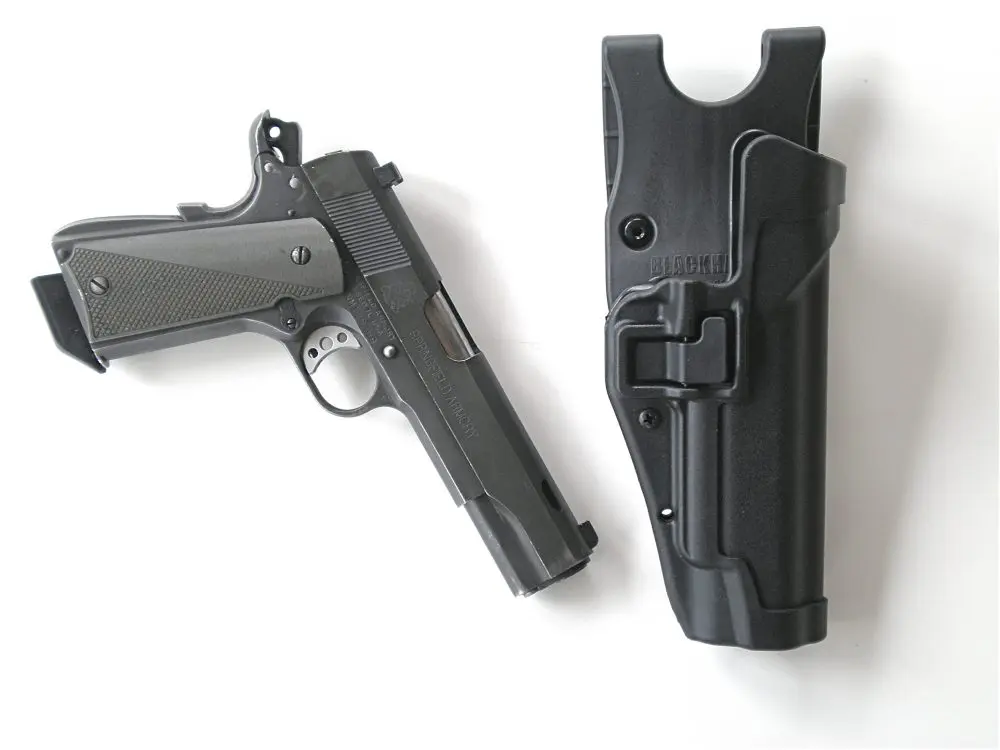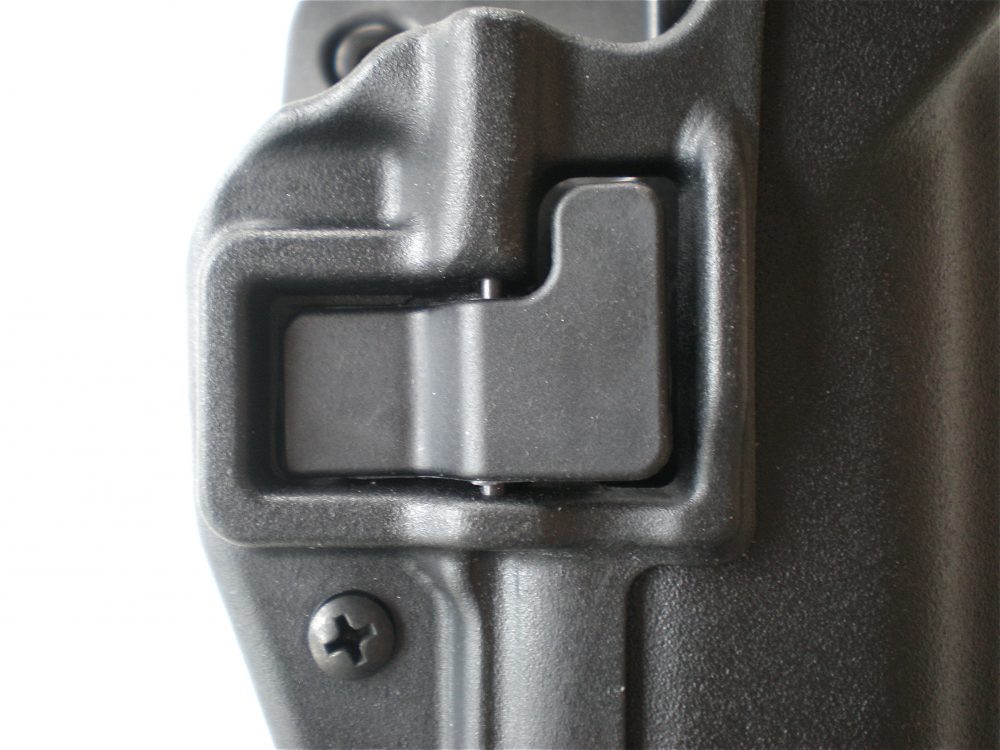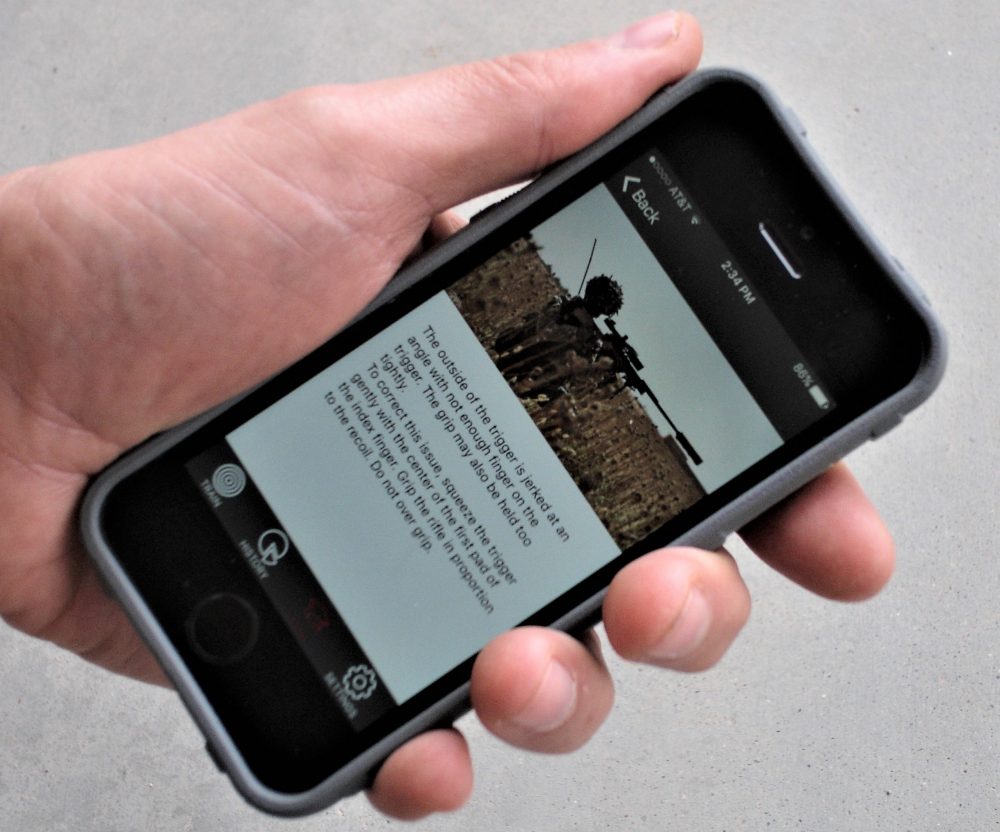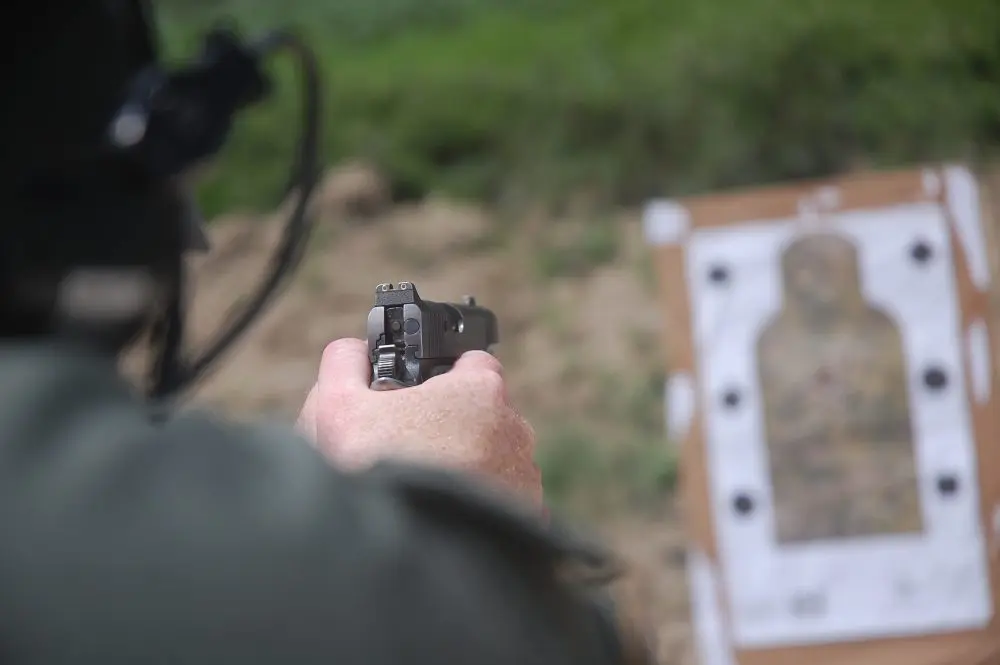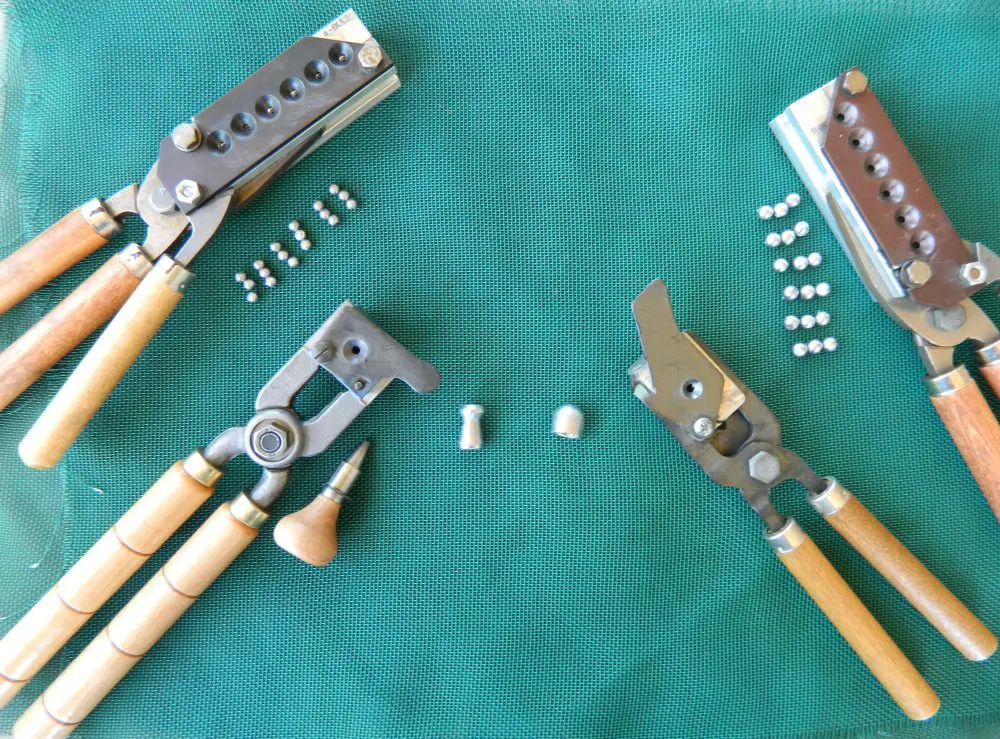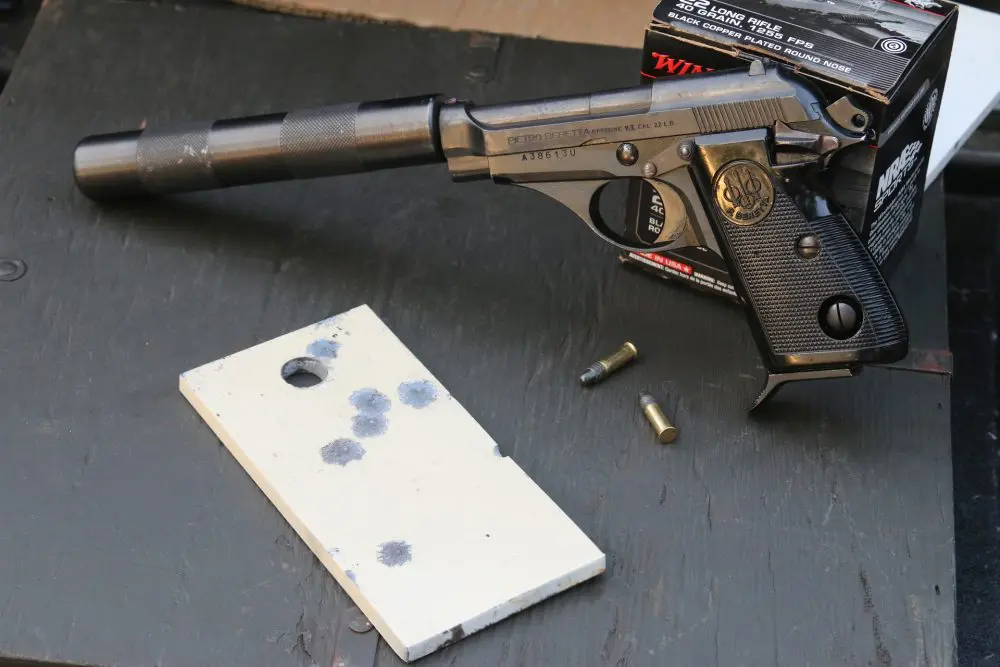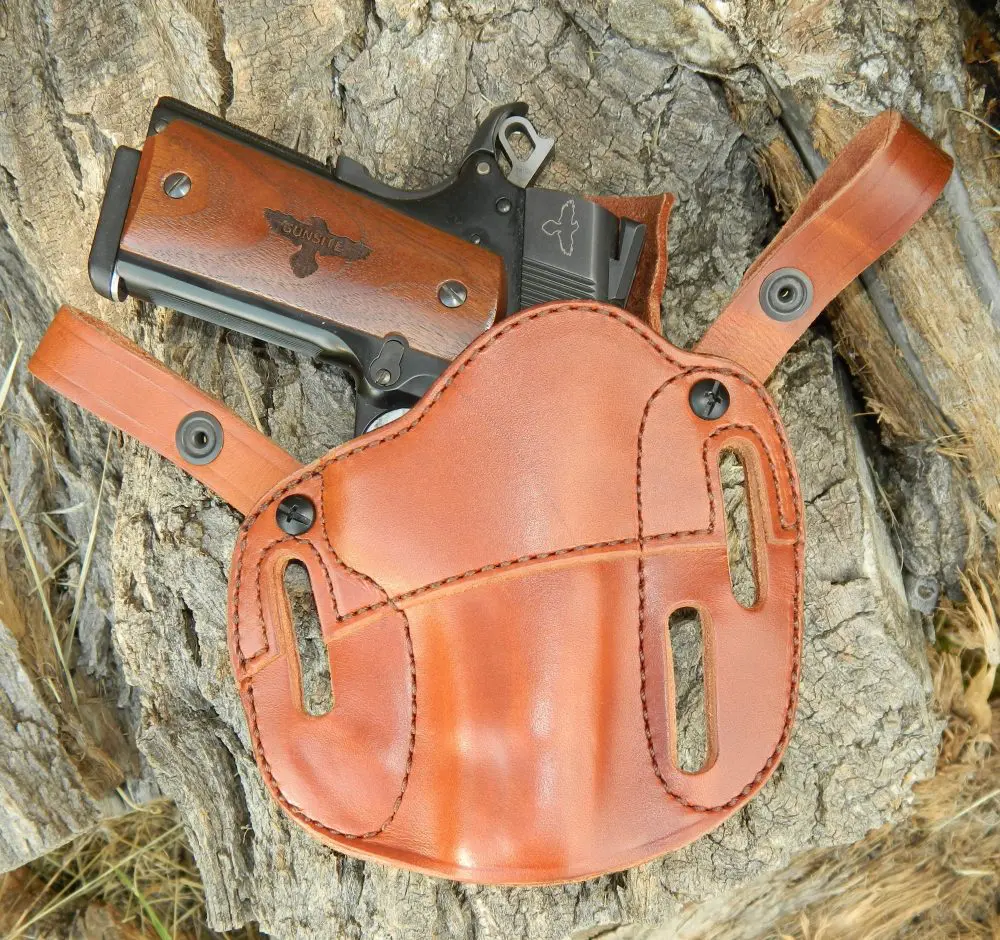July 15, 1981 changed the way I would look at holsters for the rest of my life.
My Dad was working the night shift for his department and was on his way home, two hours past his shift and really looking forward to being off. Dispatch notified him that there had been a fight at a local pool hall and he was the only deputy in that area. Dad turned around and made contact with the owner, who advised that he just wanted the perp 86’d from the pool hall.
BlackHawk Level 2 Duty SERPA holster is both secure and fast.
As luck—or the lack thereof—would have it, a warrant came back for the individual, and as Dad started to cuff the suspect, he spun and landed a cheep shot to the chin. After that, it is all hearsay what happened, but my Dad’s wounds told the story—broken ribs, fractured skull, ruptured liver and deep lacerations along with bruising. It was hard to make out where one scab ended and the next one started.
Witnesses stated in the police report that, after kicking my Dad multiple times, the perp attempted to remove Dad’s sidearm and lifted him waist high by holding onto the pistol’s grip.
It was Dad’s security holster (the original Bianchi Auto-Draw) that saved his life, as the bad guy was unable to figure out how to get Dad’s 1911 out of the holster. The bad guy left Dad bleeding on the ground because he knew the cavalry would soon arrive. It was the combination of Dad’s Safariland vest and the Bianchi holster that made him a member of the Kevlar Survivors’ Club. It is also the reason why to this day I am such a believer in security holsters for uniformed duty.
Lock/release mechanism on side of holster
A retention holster has to be able to do several things. First, it must be able to stand up to someone grabbing onto your weapon and giving it a good yank. Second, it must be able to be drawn quickly if the need arises. Finally, it needs to be capable of being reholstered easily, which brings us to the focus of this month’s article.
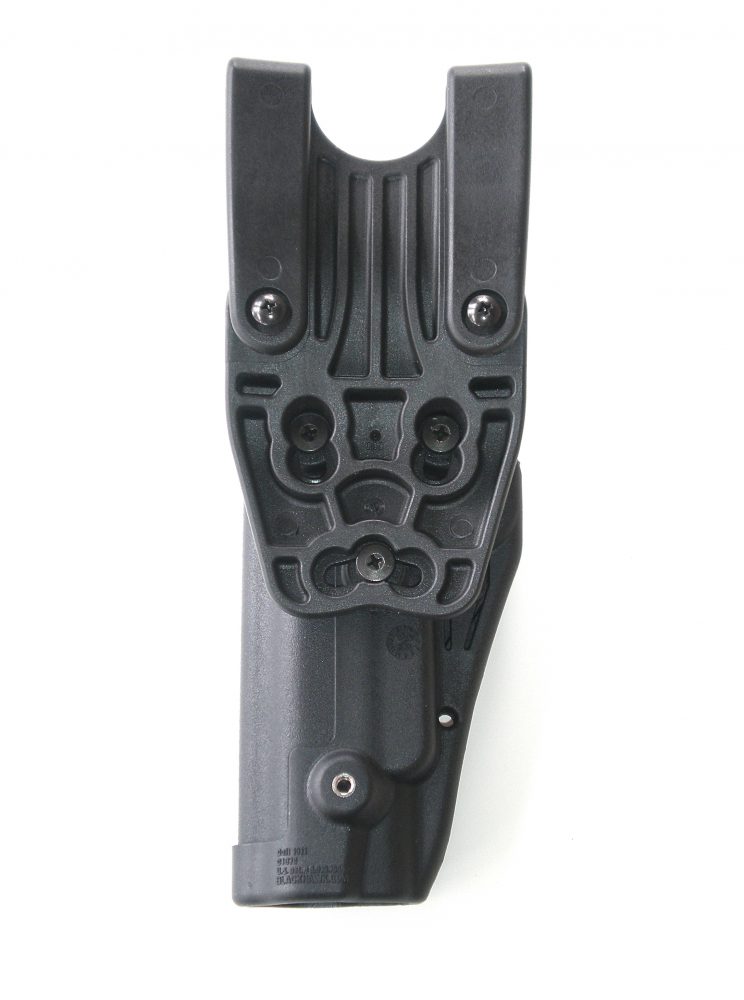
I recently received BlackHawk’s Level 2 Duty SERPA Holster for evaluation. I have always liked BlackHawk’s holsters made of hardened plastic and molded to form-fit specific pistols.
The holster comes up high in the front, protecting the front of the gun and also helping to prevent the pistol from a frontal weapon snatch. As the pistol is placed in the holster, you can hear and feel it lock into place with an audible click. A spring-loaded button on the outboard side of the holster snaps into the trigger guard, locking the gun in place.
To draw the pistol, obtain a standard firing grip with trigger finger straight down along the side of the front of the holster, then gently press the large button with your index finger and pull straight up. This allows the pistol to be removed easily and quickly.
The jacket slot belt loop version of this holster is a completely separate part of the holster and is adjustable up to about 30 degrees. The jacket slot portion of the holster has three screws that screw to the body of the holster and allow the holster to be worn straight up or canted. The belt loop part of the holster uses two screws to fold the loops back and hold them to the jacket slot. It’s not a bad idea, once the cant is adjusted to personal preference, to apply blue Loctite® to the screws.
Over the years I have seen a lot of retention holsters. Most of them are good to go, but some of them are so secure—with straps, buckles and Velcro®—that they’re completely unusable. They have taken “go” right out of the game because they’re too slow to manipulate in a high stress, short time span environment.
The SERPA is not slow—in fact, it might be one of the fastest retention holsters I have seen. Suggested retail is $82.99.
SOURCE:
BLACKHAWK!
Dept. S.W.A.T.
6160 Commander Parkway
Norfolk, VA 23502
(757) 436-3101
www.blackhawk.com
